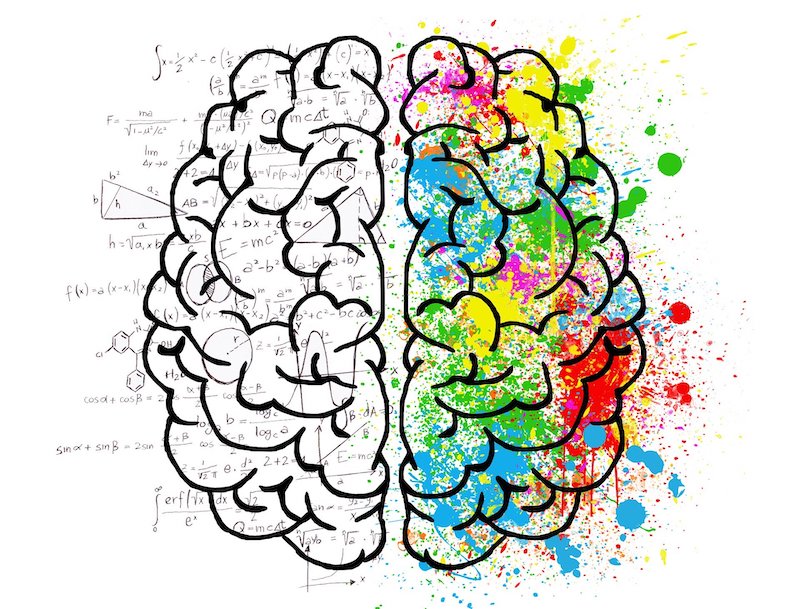Two Hemispheres Means Two Minds
-
-
Peter Afford
When a client says, colloquially, that they are in two minds about something, they may be hitting on a neuroscientific truth. In fact, argues author Peter Afford, the division of the brain in to left and right hemispheres means we have both a ‘foreground mind’ and a ‘background bodymind’ – and engaging both is essential in effective therapy.

The left hemisphere doesn’t have a monopoly on being rational, and the right doesn’t have one on being emotional. But the anatomical divide between them is striking, and must mean something. A hypothesis: having two hemispheres means having two minds.
Common experiences may reflect different hemispheric perspectives. For example: one day feeling in good spirits and cracking on with work, another day feeling low and struggling to stay focused on anything. Or: when my client says, anxiously, “I need to make concrete progress soon”, while I try to slow him down so he can feel his situation and sense a step forwards.
A foreground mind and a background bodymind
A key difference between the hemispheres is that the left is responsible for focused attention and the right for open or ‘global’ attention (see The Master & His Emissary by Iain McGilchrist). Left homes in on whatever is foreground, while right is vigilant for anything appearing in the background.
Another difference: right keeps the inner world of the body in sync with the demands of the outer world, raising heart rate and breathing when needed and constantly mapping the state of the viscera, while the left can largely ignore the body to engage with the world.
So we have a ‘foreground mind’ and a ‘background bodymind’. The former grasps and plays with ideas, formulating them in carefully constructed sentences. The latter weaves inner and outer worlds into a whole experience, the dynamic flux of which enables fresh feelings and thoughts to arise spontaneously – this is where inspiration ‘comes’ to us. While my right hemisphere, in the background, has a felt sense of the whole situation, my left hemisphere deals with aspects of it one by one in the foreground.
We are biased towards equating ‘mind’ with our foreground mind that we use deliberately. For example, “I don’t know what to write, my mind is blank, panic!” – instead of trusting that if we relax and are patient something may ‘come to mind’. Little of real value happens unless we begin with the here-and-now, forever changing, constellation of the background bodymind.
Cognition, thinking and reasoning are often associated with the left hemisphere, but they can be embodied and involve both hemispheres. The embodied kind feels more relevant and meaningful, the disembodied kind more detached and abstract.
Intuition, insight, imagination and creativity all arise in the right hemisphere. They then need the left to make what is implicit in them explicit, so we can assess their value and make them manifest. Sometimes our minds make logical connections between separate things (left), while at other times they deduce something from a sense of the whole thing (right). These two sorts of mental moves feel different to us.
In the therapy room
We need to engage both minds. First of all, both of our minds as therapists, so we grasp the content of the client’s communication and have a sense of the process underlying it. And then, both of the client’s minds, engaging with their left hemisphere sufficiently to keep them onside (educating psychologically, giving them something to chew over), while creating an atmosphere that allows fresh content to emerge from their right (felt sense, images, underlying feelings, dreams, body awareness, attachment patterns, transference, and so forth).
As therapists, we can engage both minds and both hemispheres simultaneously. We can focus attention on whatever is foreground while remaining alert for whatever may arise in the background, going slowly enough for the right hemisphere to contribute.
Therapy in the Age of Neuroscience by Peter Afford, is published by Routledge. Neuroscience for Therapists, an online course over nine Saturday seminars, starts January 2021.